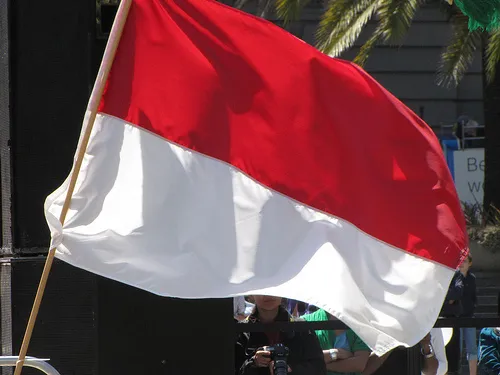
Eyes focused on Indonesia's fuel subsidy cut
Also on its interest rate trajectory impact.
As of mid-September in Indonesia, foreign ownership of IDgov bonds is at a record 37%of total outstanding bonds, and net foreign flows into the IDgov bond market have been positive in every month so far this year.
According to a research note from DBS, total inflows reached about USD 10bn in the year-todate, which is pretty significant.
Compare it to the total USD 19bn inflows recorded in the Apr09-Jul11 period, which captured the start of market rally post-2008/09 crisis until the deepening of the Eurozone sovereign debt crisis.
Looking ahead, markets will be watching at two important domestic catalysts: the eagerly anticipated fuel subsidy cut and its impact on interest rate trajectory going forward.
Here’s more from DBS:
A subsidized fuel price hike is in the offing and it is now a question of its timing and magnitude. The price hike is expected to be in the 5-45% range.
The common talk is that it may be implemented soon after president-elect Jokowi takes office on 20 October.
Note that Budget 2015 will be announced by next month. It will not capture any change in the current subsidized fuel price even if total allocation for energy subsidy will be slightly less than this year’s.
But the new president has the authority to propose a new subsidized fuel price before the revised budget is announced by April 2015. Our baseline scenario pencils in a 20-30% price adjustment in early 2015.
In any case though, the impact on CPI inflation is likely to be manageable. We don’t expect Bank Indonesia (BI) to react to this, which was also suggested by BI Senior Deputy Governor this week.
At this juncture, we expect yields on IDgov bonds to rise only marginally by mid-2015 (see “Quarterly: Economics-Markets-Strategy”, 11 Sep 2014).
Relatively higher returns and longer-term GDP growth potential of the economy may continue to attract foreign investors into IDgov bonds.








![Cross Domain [Manu + SBR + ABF + ABR + FMCG + HBR + ]](https://cmg-qa.s3.ap-southeast-1.amazonaws.com/s3fs-public/styles/exclusive_featured_article/public/2025-01/earth-3537401_1920_4.jpg.webp?itok=WaRpTJwE)









 Advertise
Advertise


